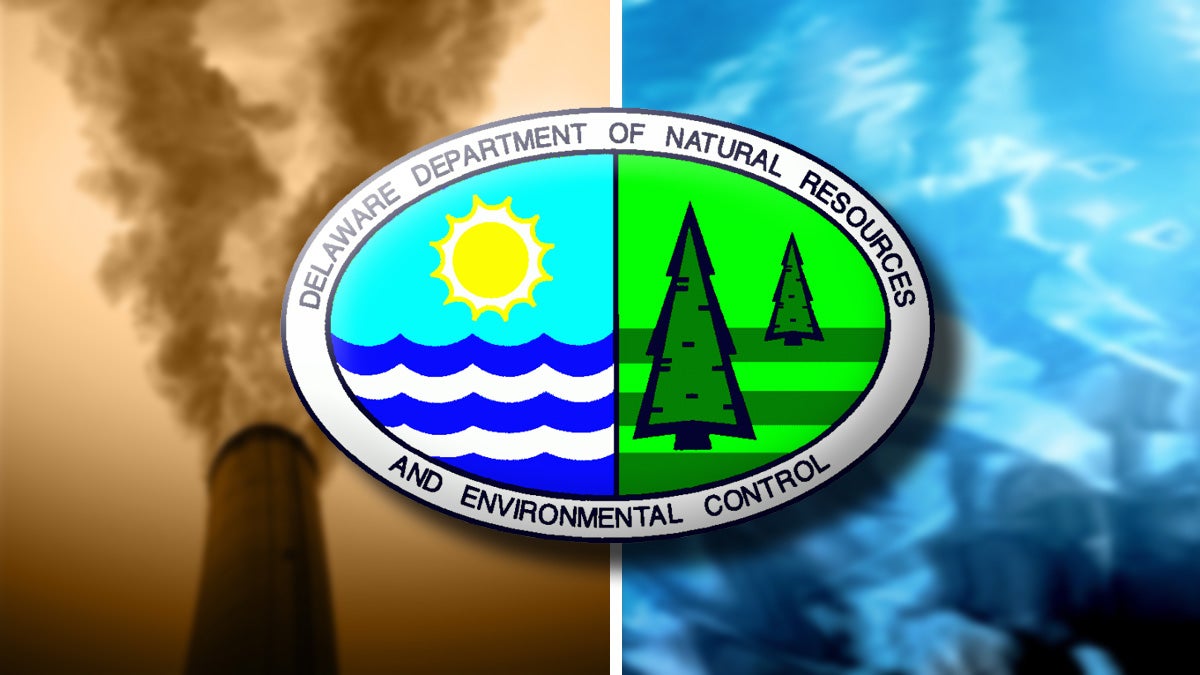Delaware releases report of chemicals released into environment

DNREC reports industrial facilities are reducing chemicals from the air
While the amount of chemicals released into Delaware’s environment is decreasing overall, the release of toxic waste into water and land is on the rise compared to 2014.
The state’s annual Toxics Inventory data report that identifies the amount of toxic releases by industrial facilities shows toxic waste has decreased 14 percent overall between 2014 and 2015.
But the report, conducted by DNREC’s Emergency Prevention and Response Section, also shows onsite releases are up 32 percent in water, and 62 percent in land.
“Since the TRI reports have been coming out DNREC and the facilities have a measurement of what’s going on, and it give facilities incentives to reduce and which waste streams to focus on,”
“If you’re living near a facility it gives you an idea of what question to ask. If you’re living near a facility call (the facilities and DNREC) and ask questions—that’s what this report is all about.”
The Toxics Release Inventory (TRI) data has been reported each year since 1987, when a law passed to improve transparency about the presence and release of toxic chemicals in communities. It measures toxic chemicals manufactured, processed or otherwise used by certain facilities in Delaware and throughout the U.S.
DNREC said there’s been a 61 percent reduction in toxic releases over the last 18 years since the requirements were put in place.
Facilities that participate in the report include manufacturing facilities, oil and coal fired electric facilities and bulk petroleum terminals manufacturing or processing more than 25,000 pounds, or use more than 10,000 pounds, of one or more of the 595 listed TRI chemicals.
Facilities submit reports to DNREC and the U.S. Environmental Protection Agency that show direct releases onsite to air, water and land, onsite waste management, which includes recycling, treatment and energy recovery and offsite waste management, which includes recycling, treatment, energy recovery or disposal.
Last year, 59 facilities submitted reports for 90 different chemicals. The report shows about 4.6 million pounds of chemicals released onsite—an increase of 23 percent from 2014.
Of this amount, about 29,000 pounds were released to land, 712,000 pounds were released to air and about 3.9 million pounds were released to water.
Onsite releases to water increased about 32 percent since 2014, which DNREC said is primarily due to increases of nitrate compound releases reported by PBF Energy’s Delaware City refinery. DNREC said NOx, which is extremely hazardous to the environment, was scrubbed out of the refinery’s air emissions and diverted to water to reduce harm.
The department said 3.7 million pounds of nitrate compounds were released into Delaware’s water—3.4 million pounds is contributed to the refinery, and another 318,000 pounds was contributed to Perdue Farms in Georgetown.
Debra Nielsen of DNREC’s Emergency Prevention and Response Section said residents shouldn’t be too concerned about the releases.
“The increase in nitrates was a surprise, but I didn’t find it particularly alarming,” she said. “It might look bad because it’s a big number, but it’s not the same as having a large increase in some type of carcinogen that I would be more concerned about.”
Onsite releases to land increased by 62 percent, which DNREC primarily attributes to the Delaware Army National Guard training site in New Castle. The site released 16,000 pounds of lead into the land, contributing to 55 percent of the releases to land.
A National Guard spokesman told DNREC that “The Delaware Army National Guard Rifle Range follows a lead management plan, and is in the process of changing to lead-free” ammunition, noting “should the site ever be converted for another use in the future, the range will be remediated in accordance with all applicable local, state and federal laws.”
Nielsen added that the National Guard has to resubmit its report because they also included amounts attributed to law enforcement that also uses the land.
Onsite releases to air were down about 12 percent compared to 2014, which DNREC said is primarily due to Chemours Edge Moor eliminating its production of carbonyl sulfide.
Sulfuric acid was the largest release to air at 226,000 pounds, with the Delaware City refinery releasing the majority of it. However, DNREC said the refinery did reduce this chemical by 73,000 pounds since 2014.
Onsite releases represent only 1 percent of the total-reported TRI waste, according to DNREC.
In addition to releases, lead compounds were the largest reported chemical amount transferred for offsite recycling at 4.3 million pounds, with more than half of that reported by the Johnson Controls Battery Plant and 1.76 million pounds reported by the Johnson Controls Distribution plant, both facilities located in Middletown.
However, the refinery also contributed to a 15 percent decrease in the amount of waste managed onsite. The refinery decreased 72.7 million pounds of hydrogen sulfide, compared to 2014, DNREC reports. But the refinery also managed the largest amount of the chemical with 360.9 million pounds.
The ceasing of operations at Chemours Edge Moor also contributed to a decrease of 10 percent in the amount of waste transferred offsite, DNREC said. However, Chemours Edge Moor increased its amount of onsite treatment of hydrochloric acid by about 1.3 million pounds.
WHYY is your source for fact-based, in-depth journalism and information. As a nonprofit organization, we rely on financial support from readers like you. Please give today.





